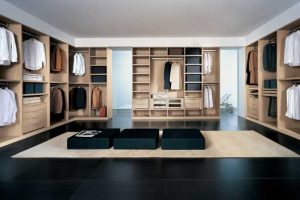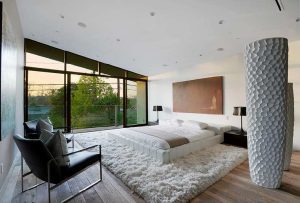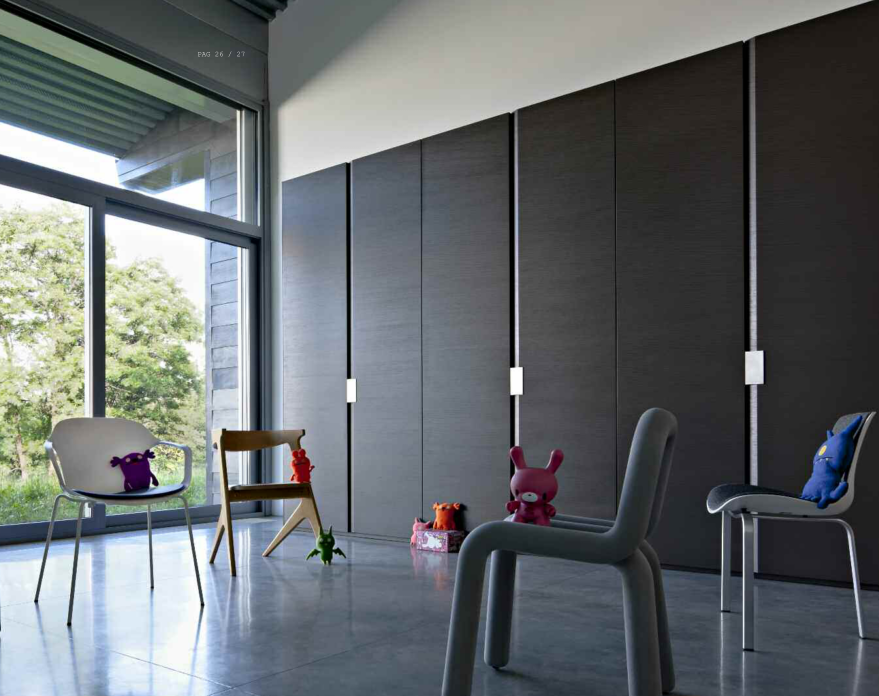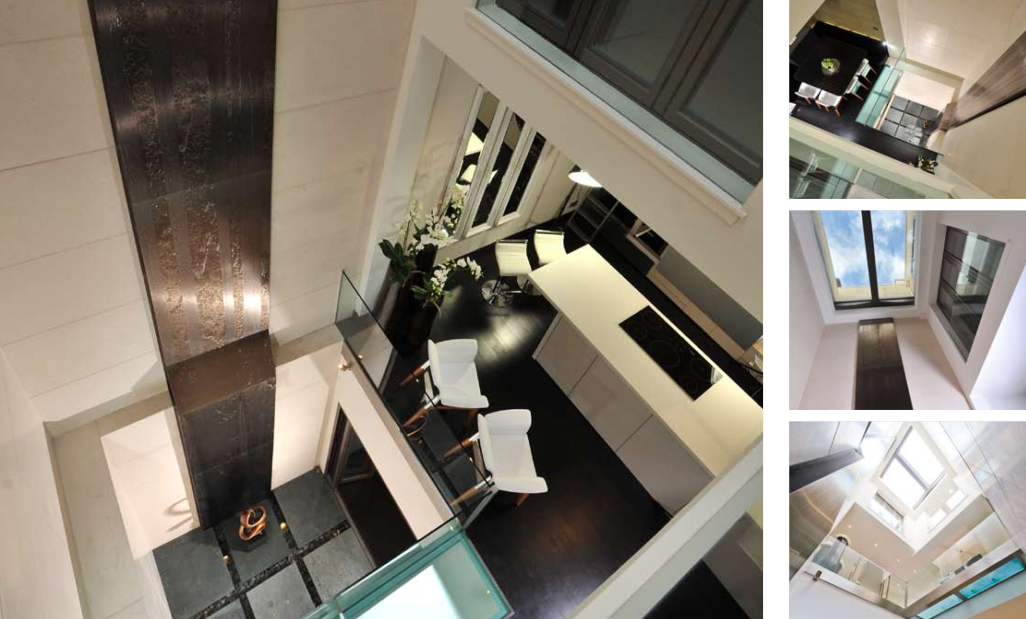Which is better: MDF or Chipboard Kitchen Cabinets?
Choosing the right material for your kitchen cabinets is crucial to ensure durability and longevity. In this article, we will explore the pros and cons of both MDF and chipboard kitchen cabinets, helping you make an informed decision for your kitchen renovation.

MDF vs Chipboard Kitchen Cabinets: A Comprehensive Comparison
When it comes to kitchen cabinets, there are two commonly used materials: MDF (Medium-Density Fiberboard) and chipboard. Both have their own advantages and disadvantages, and understanding the differences between them is crucial in making an informed decision for your kitchen remodel.
MDF kitchen cabinets are made from wood fibers that are bound together using resin and pressure. They have a smooth and polished appearance, making them an attractive option for modern kitchen designs. MDF is highly customizable, allowing for intricate detailing and designs. It is also more durable than chipboard, as it doesn’t easily crack or warp. However, MDF is prone to moisture damage, so precautions need to be taken to protect it from water exposure.

On the other hand, chipboard kitchen cabinets are made from recycled wood particles that are bonded together using resin and heat. They are less expensive compared to MDF cabinets, making them a budget-friendly option for homeowners. Chipboard is also resistant to moisture, which makes it suitable for humid kitchen environments. However, chipboard cabinets may not have the same level of durability as MDF cabinets and can easily chip or break under heavy use.
In terms of aesthetics, MDF cabinets offer a sleek and seamless look, making them ideal for contemporary kitchen styles. They can be painted in various colors and finishes to match any design scheme. On the other hand, chipboard cabinets have a more textured and natural appearance, making them a suitable choice for traditional or rustic kitchens.
When it comes to cost, chipboard cabinets are generally more affordable than MDF cabinets. However, it’s important to consider the long-term durability and maintenance requirements of both materials before making a decision solely based on price.

In conclusion, both MDF and chipboard have their own unique characteristics, and choosing between them depends on your personal preferences, budget, and the specific requirements of your kitchen. Consider factors such as durability, moisture resistance, aesthetics, and cost before making a decision.

Frequent Questions
What are the main differences between MDF and chipboard kitchen cabinets, and which one is considered better in terms of durability and quality?
MDF (Medium-Density Fiberboard) and chipboard are two commonly used materials in the construction of kitchen cabinets.
MDF is made by compressing wood fibers with resin to form a dense, smooth board. It is known for its strength and durability, as well as its resistance to warping and cracking. MDF also has a smooth, consistent surface, which makes it an excellent choice for painted finishes. Additionally, it can be easily shaped into various designs or styles.
On the other hand, chipboard is made by pressing together wood chips and resin. It is less dense and less durable compared to MDF. Chipboard is also more susceptible to moisture and tends to expand or swell when exposed to water. However, it is generally less expensive than MDF, making it a more budget-friendly option.
In terms of durability and quality, MDF is typically considered superior to chipboard. MDF cabinets are less prone to damage and tend to last longer. They also provide a more premium look and feel. However, chipboard cabinets can still be a viable choice if budget constraints are a concern.
It is worth noting that both MDF and chipboard can be affected by water damage, so it is important to ensure proper sealing or protection in areas where moisture may be present, such as near sinks or dishwashers.
Ultimately, the choice between MDF and chipboard kitchen cabinets depends on factors such as budget, desired aesthetic, and the level of durability required.

How do MDF and chipboard kitchen cabinets compare in terms of water resistance and moisture tolerance, and which one is more suitable for areas prone to moisture and humidity?
MDF (Medium Density Fiberboard) and chipboard are both common materials used in the construction of kitchen cabinets. However, when it comes to water resistance and moisture tolerance, there are some differences between the two.
MDF is made by compressing wood fibers and resin together, creating a dense and smooth panel. While MDF is generally more water-resistant than natural wood, it is not entirely waterproof. When exposed to excessive moisture or prolonged contact with water, MDF can swell, warp, or even disintegrate.
On the other hand, chipboard is made from compressed wood particles bonded with resin or glue. It is less water-resistant compared to MDF. Chipboard has a higher tendency to absorb and retain moisture, which can lead to swelling, warping, or delamination.
In areas prone to moisture and humidity, such as kitchens and bathrooms, it is generally recommended to use MDF over chipboard for cabinet construction. Warranties and guarantees provided by cabinet manufacturers often exclude damages caused by water or excessive moisture, so choosing a material with better water resistance can help ensure the longevity and durability of the cabinets.
To further enhance the moisture resistance of kitchen cabinets, it is important to apply a protective finish like a waterproof sealant or laminate. This additional layer can provide an extra barrier against moisture and help prevent damage to the cabinet surfaces.
Overall, while neither MDF nor chipboard are completely waterproof, MDF tends to be more suitable for areas prone to moisture and humidity due to its better water resistance and moisture tolerance properties.

In terms of cost-effectiveness, which type of kitchen cabinet material, MDF or chipboard, offers better value for money considering factors such as longevity, maintenance, and overall performance?
When considering factors such as longevity, maintenance, and overall performance, MDF (Medium-Density Fiberboard) tends to offer better value for money compared to chipboard for kitchen cabinet materials. MDF is made from wood fibers bonded with resin, making it more durable and less prone to warping or swelling than chipboard, which is composed of pressed wood particles and adhesive.
MDF cabinets have a smoother and more refined appearance, providing a higher-end look compared to chipboard. They are also easier to paint and achieve a consistent finish. While both materials require proper care to prevent water damage, MDF typically performs better in humid environments as it is less absorbent.
In terms of price, chipboard tends to be cheaper than MDF initially. However, considering the longer lifespan and better overall performance, MDF cabinets may prove to be more cost-effective in the long run.
Ultimately, the choice between MDF and chipboard for kitchen cabinets depends on personal preferences, budget constraints, and the desired level of quality and durability.
In conclusion, when it comes to choosing between MDF and chipboard kitchen cabinets, both materials have their own set of advantages and disadvantages. MDF offers superior durability, moisture resistance, and a smooth finish, making it a popular choice for high-quality kitchen cabinets. On the other hand, chipboard is more affordable, lightweight, and can still provide sufficient strength for cabinet construction.
Ultimately, the decision between MDF and chipboard will depend on your specific needs, budget, and personal preferences. It’s important to consider factors such as the environment in which the cabinets will be placed, the level of usage, and desired aesthetic appeal.
Regardless of the material chosen, proper maintenance and care are crucial to ensure the longevity of your kitchen cabinets. Regular cleaning, avoiding excess moisture, and using appropriate products for upkeep will help keep your cabinets looking great for years to come.
In summary, whether you opt for the durability and sleek look of MDF or the affordability and lightweight nature of chipboard, both options can be suitable for kitchen cabinet construction. Evaluate your priorities and make an informed decision based on what best fits your requirements and budget.
